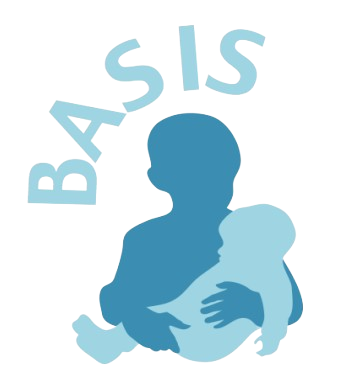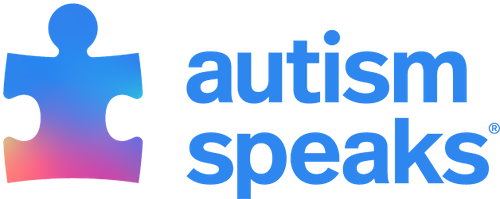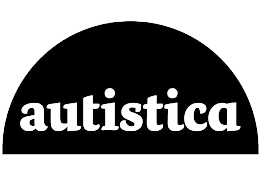
British Autism Study of Infant Siblings (BASIS)
Overview
Aims
The British Autism Study of Infant Siblings (BASIS) is a prospective longitudinal study of infants at elevated likelihood for autism in the UK. Using newly developed techniques for studying brain and behaviour in infants, BASIS investigates whether there are any differences in development between infants who have brothers or sisters with autism and those who do not. The study has been extended to include infants at elevated likelihood for ADHD.
Institution
King’s College London; Birkbeck, University of London
Geographic coverage - Nations
England, Scotland, Wales, Nothern Ireland
Geographic coverage - Regions
Nationwide (but control participants mostly recruited from London)
Start date
2006
Catalogue record last updated
30/04/2025
Sample
Sample type
Cohort study
Sample details
Participating parents and their children were recruited from a volunteer database at the Birkbeck Centre for Brain and Cognitive Development. Infants could be enrolled in the study if they either had a first degree relative with ASD, a first degree relative with diagnosed or probable ADHD, or no first-degree relatives with either diagnosis. In phases 1 and 2, the children recruited were only at elevated likelihood (EL) for ASD, whilst in phase 3, children are at EL for ASD, ADHD, or both. Phase 3 is known as BASIS-STAARS (STudying Autism and ADHD riskS). Some families have taken part in more than one phase.
Infants were identified as being at EL if they had at least one older sibling with a community clinical diagnosis of autism, which was confirmed based on parent report using the Development and Wellbeing Assessment (DAWBA; Goodman et al., 2000), the Social Communication Questionnaire (SCQ; Berument et al., 1999) or parent confirmed community clinical autism diagnosis. Infants were identified as being at typical likelihood (TL) if they had at least one older sibling with typical development and no known autism in first-degree family members (as confirmed through parent interviews regarding family medical history). In phase 3, children were recruited and identified as being at EL for ADHD if they had either an older sibling or a parent with a diagnosis of ADHD, confirmed through parent report using the Conner's Parent Rating Scale, and Conner's Adult.
Cohort members have been assessed at approximately 1, 5, 8, 14, 24, and 36 months, before being followed up during mid-childhood at approximately age 7 to 11 years. The follow up of children at mid-childhood in phase 1 is known as ‘BASIS-7’, whilst follow up for phases 2 and 3 is known as ‘SuperSTAARS’. Participants are administered a range of experimental, behavioural and cognitive tasks and interactive assessments of autistic symptomatology. Parents also complete a range of questionnaires and interviews relating to different aspects of early development. Phase 1 data collection ran from 2006-2015, phase 2 from 2009-2022, and phase 3 from 2013-2023.
Sample size at recruitment
Phase 1: 104
Phase 2: 143
Phase 3: 300]
Sample size at most recent sweep
Phase 1: 76
Phase 2: 97
Phase 3: Approximately 260
Sex
All
Age at recruitment
Birth (from prenatal to early infancy)
Cohort year of birth
Varied
Data
Data access
Project proposal - see data access guidance basisnetwork.org/collaboration-and-project-affiliation/index.html
Genetic data collected
Linkage to administrative data
No
Key Papers
Phase 1: Infant neural sensitivity to eye gaze is associated with later emerging autism.doi.org/10.1016/j.cub.2011.12.056 Phase 2: Latent trajectories of adaptive behaviour in infants at high and low familial risk for autism spectrum disorder.doi.org/10.1186/s13229-019-0264-6 Phase 3: Altered theta beta-ratio in infancy associates with family history of ADHD and later ADHD-relevant temperamental traits.doi.org/10.1111/jcpp.13563
Additional information
Website
basisnetwork.org
Related themes
Biomarkers,
Cognitive decline,
Ethnicity and race,
Parenting and family,
Sleep problems,
Socioeconomic status and deprivation
Mental health measures timeline
Sweep name:
Cohort member age:
Data collection period:
Notes:
Physical health measures:







